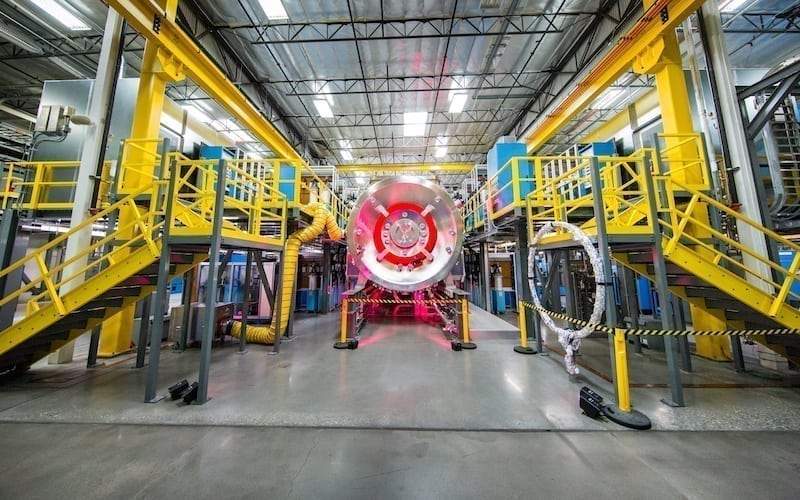Harnessing the power of the sun. It seems ludicrous. Some may think it’s a goal driven by hubris (just ask Doc Ock). But, in reality, fusion energy is a possibility, one that could bring sustainable energy to the masses. TAE Technologies is one company leading this space, bringing fusion energy to the forefront of the industry. This past summer, Secretary Rick Perry himself visited their facility and former CEO of General Electric Jeff Immelt joined their Board of Directors.
However, there is still a lot of confusion out there as to what exactly fusion energy is. Luckily, Michl Binderbauer, former CTO and current CEO of TAE Technologies, took some time to explain just exactly what this technology entails. In this multi-part series, Binderbauer discusses the basics behind fusion energy, the potential impacts in the realm of sustainability, and what the future of this technology holds.
Innovation & Tech Today: I was wondering if, in your own words, you could briefly explain what fusion energy is.
Michl Binderbauer: Fusion of course, as many people may not know, is the energy source that permeates and drives and essentially makes possible all biological life in the universe, certainly on our planet. The sun is a gigantic ball of fusion reactions, if you will, and it’s giving life to everybody and building a lot of the materials we’re made up of.
Usually, fusion is nature’s preferred way of making power, no doubt. It’s difficult to do. We have to bring together particles from on the very light end of the periodic table and fuse them together and for those that have background with high school physics, even, would know that alike particles repel, so you have this motion that it’s very hard to get these things to fuse and come together closely, and it very quickly brings the notion that you have to fuse in a sort of violent way, you have to force these particles together very hard, and that’s the barrier there.
So the way we do this is we heat things up to astronomical temperatures. The sun’s core, for instance, is 15 million degrees and in fusion terrestrial ideas, we typically have to go even higher, more like 100 million to a billion degrees. The reason is that these particles, they zip around inside this cloud fast enough that, on occasion, they will actually hit each other just right to cause a nuclear force to take over and melt these things together.
Then, typically what happens is the product that forms there is made stable and forms new entities and by Einstein’s famous teachings, “E equals MC squared,” a tiny amount of energy is lost in the process, so then you add up the energy of the initial particles and you add up the energy of the broader product, you add those up, and there’s a difference in mass, small mass difference, but you multiply that by this huge number, the speed of light squared and then you get massive energy out. It’s more energy than with any other process that’s accessible to man.
Fission, the current nuclear energy source, is about 10 times less energetic than is fusion. So fusion is clearly the most power dense, but one of the most difficult things to do. So the other thing you have to do beyond heating it to these astronomical levels is, you have to hold it there long enough. I said earlier, these collisions are rare. And so, timing and probability are inherently impacting that.
So, you take this super hot cloud of stuff and you have to hold it there long enough that you get often enough collisions to occur that then can lead to fusion so you get more energy out than you put in to heat the stuff. So, it’s a very difficult process to get going and even more difficult to sustain. And while that’s a challenge from an energy production perspective, the beauty is that one day when it’s out there, it will basically pose no safety risk.
If anything goes wrong, the stuff cools off almost instantaneously. Today we run our fifth-generation machine at about twice the core temperature of the sun, so somewhere in the neighborhood of 30 million degrees. If for instance, we had an earthquake, air would rush in from the outside. And so when those very few particles come in contact with the dense material that comes in with the air, it cools it off immediately. And immediately means like thousandths of a second. You can’t even switch it off with a computer that quickly.
So the nice thing with fusion besides its power density and sort of being pervasive in the universe, is the safety valve that’s naturally built in. It’s nature’s ultimate safe way of making power.
Read the Power of the Sun, Part 2: Fusions Clean Energy Future
Stay tuned to innotechtoday.com to follow the entirety of our fusion energy mini-series.











